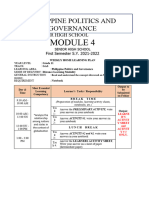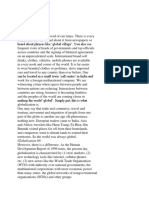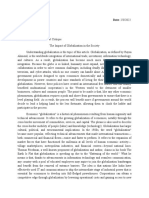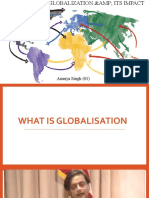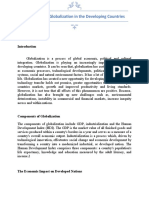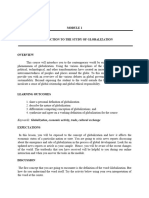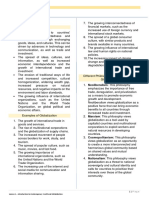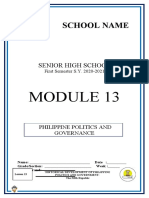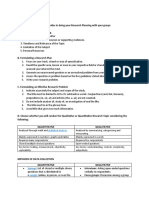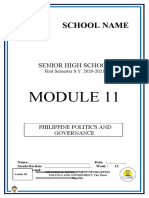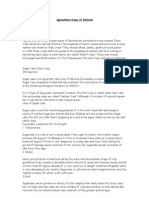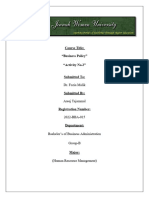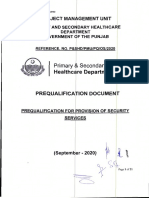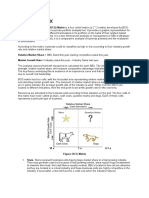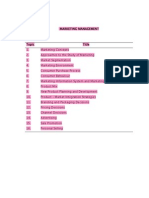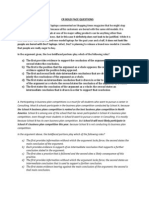0% found this document useful (0 votes)
116 views10 pagesPolSci Module4
This document is a lesson plan on globalization for a Philippine high school politics and governance class. It begins with an introduction to globalization, defining it as a process that aims to expand business operations worldwide due to technological advancements. It then lists the key components of globalization, including trade, immigration, transportation, communication, culture, and more. The document outlines the economic impact of globalization on developed nations, noting how it has led to the reorganization of production and financial markets on a global scale. It concludes by identifying the three main forces driving globalization as the globalization of markets, technology, and deregulation.
Uploaded by
Janice Dano OnaCopyright
© © All Rights Reserved
We take content rights seriously. If you suspect this is your content, claim it here.
Available Formats
Download as DOCX, PDF, TXT or read online on Scribd
0% found this document useful (0 votes)
116 views10 pagesPolSci Module4
This document is a lesson plan on globalization for a Philippine high school politics and governance class. It begins with an introduction to globalization, defining it as a process that aims to expand business operations worldwide due to technological advancements. It then lists the key components of globalization, including trade, immigration, transportation, communication, culture, and more. The document outlines the economic impact of globalization on developed nations, noting how it has led to the reorganization of production and financial markets on a global scale. It concludes by identifying the three main forces driving globalization as the globalization of markets, technology, and deregulation.
Uploaded by
Janice Dano OnaCopyright
© © All Rights Reserved
We take content rights seriously. If you suspect this is your content, claim it here.
Available Formats
Download as DOCX, PDF, TXT or read online on Scribd
/ 10
